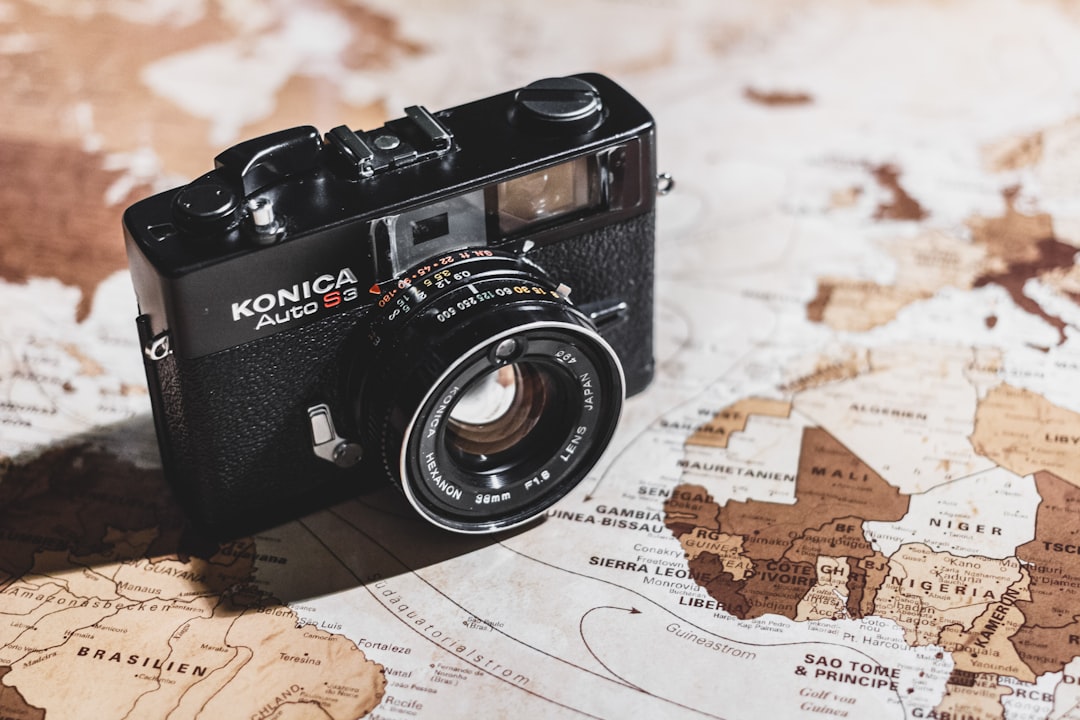Through the Lens: Embracing the Eco-Friendly Shift in Photography Equipment
In an age where sustainability is more than just a buzzword, the realm of photography is also witnessing a green revolution. Gone are the days when eco-friendly options were limited to a recycled camera strap or a bamboo tripod. Today, photographers can fully immerse themselves in sustainable practices without compromising on quality or creativity. Let’s explore how this shift towards eco-conscious photography equipment is reshaping the industry.
First, let’s talk about the camera bodies themselves. Many companies are now incorporating recycled materials into their manufacturing processes. Canon, for example, has begun using recycled plastics in some of their models, and Nikon is exploring ways to make their production lines more energy-efficient. These initiatives not only reduce waste but also lower the carbon footprint of each camera produced.
Lenses are another critical area where eco-friendly innovation is taking place. Traditional lens production involves a significant amount of metal and glass, which requires a lot of energy to produce. However, newer models are utilizing advanced plastics that are not only lighter and more durable but also less taxing on the environment. Brands like Sigma and Tamron are leading the charge with lenses that offer exceptional quality without the heavy environmental cost.
Beyond the hardware, there is a growing trend of photographers embracing renewable energy sources. Solar-powered battery chargers have become increasingly popular, allowing photographers to charge their equipment using the sun’s energy. This not only saves on electricity costs but also makes outdoor shoots more feasible without the need for multiple backup batteries.
Moreover, the rise of digital platforms has significantly reduced the need for physical prints, which historically have been a source of waste and chemical pollution. With platforms like Instagram, Flickr, and 500px, photographers can showcase their work globally without ever needing to print a single image. This shift not only saves resources but also opens up new opportunities for creativity and sharing.
But the green movement in photography isn’t just about the equipment; it’s also about the practices. Photographers are now more conscious of their environmental impact during shoots. From minimizing travel to choosing locations that don’t disturb local ecosystems, there’s a greater awareness and responsibility towards nature.
Finally, there’s the DIY approach, where photographers are getting creative with recycled materials. Whether it’s building a camera rig from old bicycle parts or fashioning a softbox from discarded packaging, these innovations are not only cost-effective but also add a unique touch to the art of photography.
In conclusion, the world of photography is evolving, with eco-friendly alternatives becoming more mainstream. As consumers become more environmentally conscious, the demand for sustainable options will continue to grow. For photographers, this means more choices, better quality, and the chance to make a positive impact on the planet—all while capturing stunning images. So, whether you’re a professional or an amateur, consider making the switch to eco-friendly photography equipment. Your planet, and your portfolio, will thank you.

